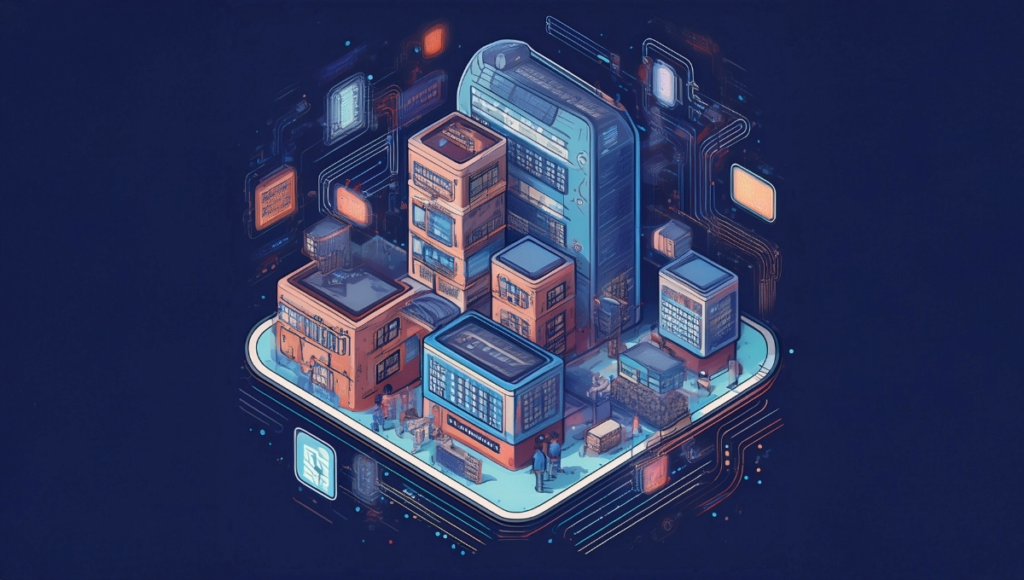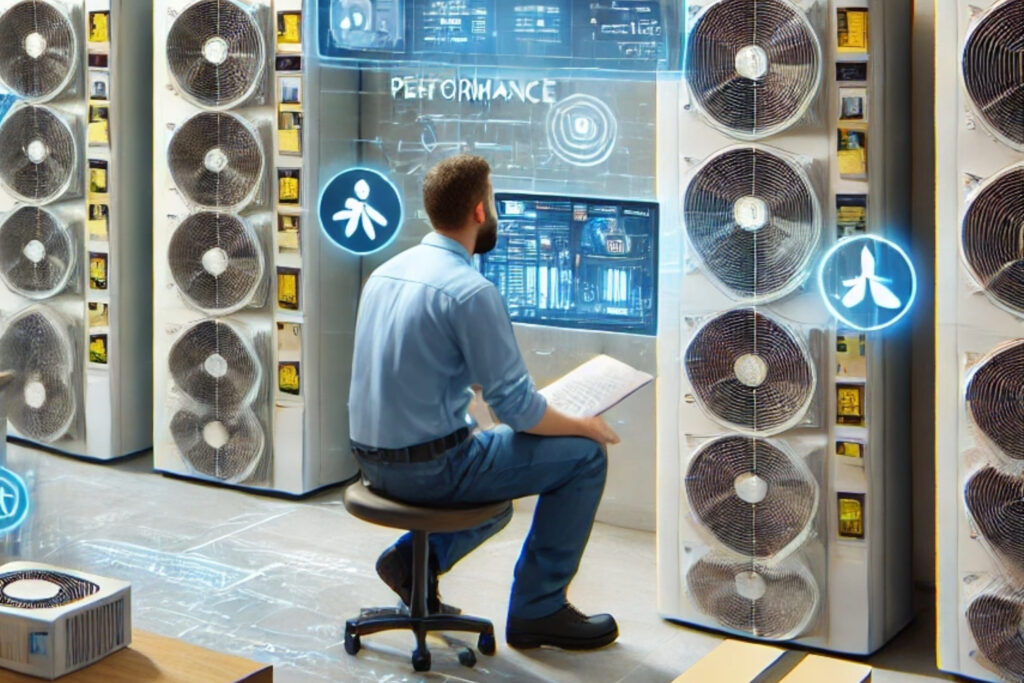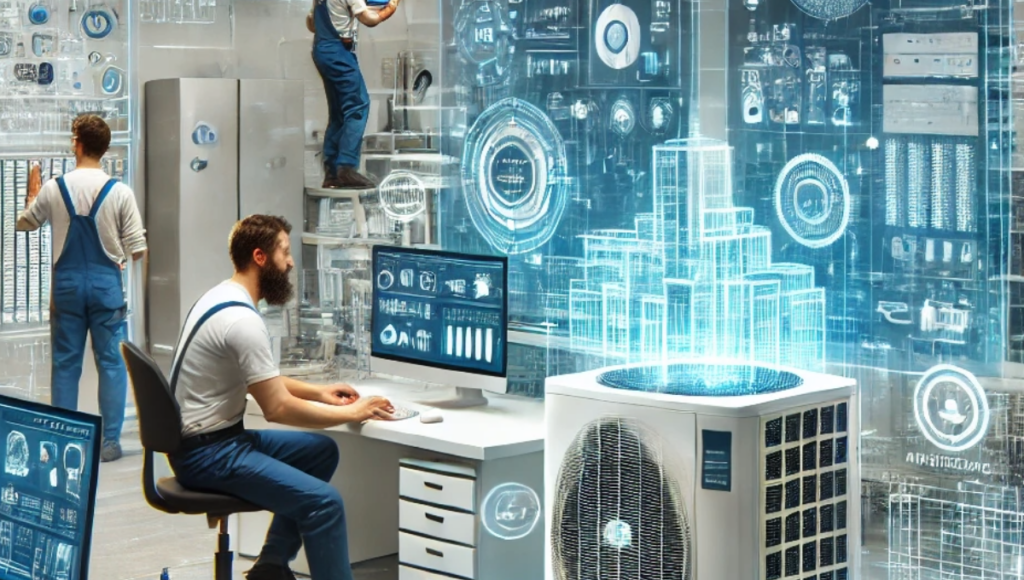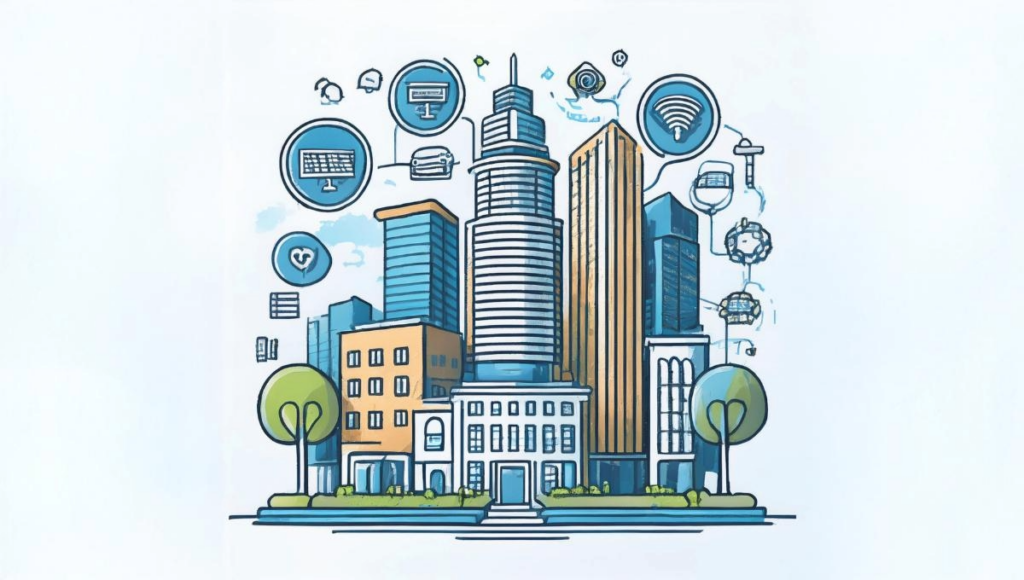
Are We AI Ready – How Prepared is Our Workforce for AI Integration?
This week’s MondayLive! continued the March theme by shifting the focus from the readiness of buildings and technology to the readiness of the workforce. It
Home » Archives for Kelly Sinclair » Page 2

This week’s MondayLive! continued the March theme by shifting the focus from the readiness of buildings and technology to the readiness of the workforce. It

In this week’s Monday Live session, the focus was on exploring whether our buildings are ready for AI integration. The session built on last week’s

Our AHR session on AI was full of tips for everyone in the industry on how to harness the transformative potential of artificial intelligence (AI)

This month, Monday Live! is delving deep into the question, “Are we AI-ready?” The discussions focus on the readiness of the smarter buildings industry to

Key Takeaways from the Monday Live! Discussion on Smarter Buildings Post-AHR Expo 2025 The latest episode of Monday Live! on February 24, 2025, brought together industry experts

Our third education session was a popular one that brought together industry leaders to explore the complexities of integrating giant heat pumps into building automation

At the second education session of AHR Expo 2025 in Orlando, industry leaders gathered to discuss “How to Scale Your Talent with Tech.” The panel explored how

Last week’s Monday Live! The session is dedicated to exploring the future of smart buildings, and this week’s discussion was packed with insights, reflections, and

Here is the first TLDR summary of our education sessions at AHR Expo 2025 in Orlando . Our first session, “Scaling Up: The Next Wave

Decarbonization is reshaping the energy management landscape, creating new opportunities and challenges for BAS professionals. From electrification and energy optimization to industry collaboration, the path to a low-carbon future is complex but full of potential. By embracing this transformation, BAS professionals can play a pivotal role in driving sustainable solutions and shaping the future of smart building design. The time to act is now—decarbonization is not just the future; it’s the present.

This week’s MondayLive! continued the March theme by shifting the focus from the readiness of buildings and technology to the readiness of the workforce. It

In this week’s Monday Live session, the focus was on exploring whether our buildings are ready for AI integration. The session built on last week’s

Our AHR session on AI was full of tips for everyone in the industry on how to harness the transformative potential of artificial intelligence (AI)

This month, Monday Live! is delving deep into the question, “Are we AI-ready?” The discussions focus on the readiness of the smarter buildings industry to

Key Takeaways from the Monday Live! Discussion on Smarter Buildings Post-AHR Expo 2025 The latest episode of Monday Live! on February 24, 2025, brought together industry experts

Our third education session was a popular one that brought together industry leaders to explore the complexities of integrating giant heat pumps into building automation

At the second education session of AHR Expo 2025 in Orlando, industry leaders gathered to discuss “How to Scale Your Talent with Tech.” The panel explored how

Last week’s Monday Live! The session is dedicated to exploring the future of smart buildings, and this week’s discussion was packed with insights, reflections, and

Here is the first TLDR summary of our education sessions at AHR Expo 2025 in Orlando . Our first session, “Scaling Up: The Next Wave

Decarbonization is reshaping the energy management landscape, creating new opportunities and challenges for BAS professionals. From electrification and energy optimization to industry collaboration, the path to a low-carbon future is complex but full of potential. By embracing this transformation, BAS professionals can play a pivotal role in driving sustainable solutions and shaping the future of smart building design. The time to act is now—decarbonization is not just the future; it’s the present.
Our LinkedIn group has more than 4,000 members + 21,880 LinkedIn connections
Email sponsors@automatedbuildings.com